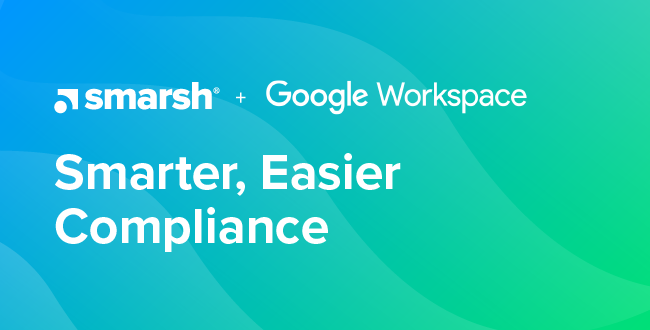Importance of Risk Assessment in Third-Party Risk Management Strategy
In the modern business world, especially in regulated industries, companies from healthcare to finance are required to manage increasingly heavy workloads and significant amounts of data. For many organizations, this requires reliance on the help of third-party vendors to keep costs low and operations running efficiently.
The sharing of sensitive data that comes with working relationships like these demands a comprehensive risk management strategy. Risk assessments are a cornerstone in maintaining the cybersecurity of organizations, and your company relies on these measures to protect its critical data from a breach.
Here’s an overview of several common frameworks or risk assessments and how they can help protect your organization against cybersecurity threats.
SIG Lite / SIG Core
AITEC Due Diligence Questionnaire
National Institute of Standards and Technology (NIST) Cybersecurity Framework
Protect: Develop and implement appropriate safeguards to ensure delivery of critical services.
Detect: Develop and implement appropriate activities to identify the occurrence of a cybersecurity event.
Business Continuity and Disaster Recovery
FCPA / Anti-Corruption
Share this post!
Smarsh Blog
Our internal subject matter experts and our network of external industry experts are featured with insights into the technology and industry trends that affect your electronic communications compliance initiatives. Sign up to benefit from their deep understanding, tips and best practices regarding how your company can manage compliance risk while unlocking the business value of your communications data.
Ready to enable compliant productivity?
Join the 6,500+ customers using Smarsh to drive their business forward.




Subscribe to the Smarsh Blog Digest
Subscribe to receive a monthly digest of articles exploring regulatory updates, news, trends and best practices in electronic communications capture and archiving.
Smarsh handles information you submit to Smarsh in accordance with its Privacy Policy. By clicking "submit", you consent to Smarsh processing your information and storing it in accordance with the Privacy Policy and agree to receive communications from Smarsh and its third-party partners regarding products and services that may be of interest to you. You may withdraw your consent at any time by emailing privacy@smarsh.com.
FOLLOW US